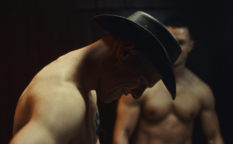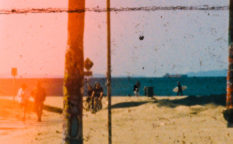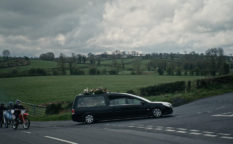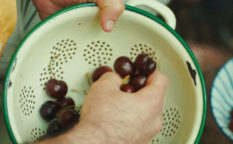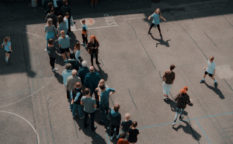Interview: Corina Schwingruber Ilić, director of “All Inclusive”
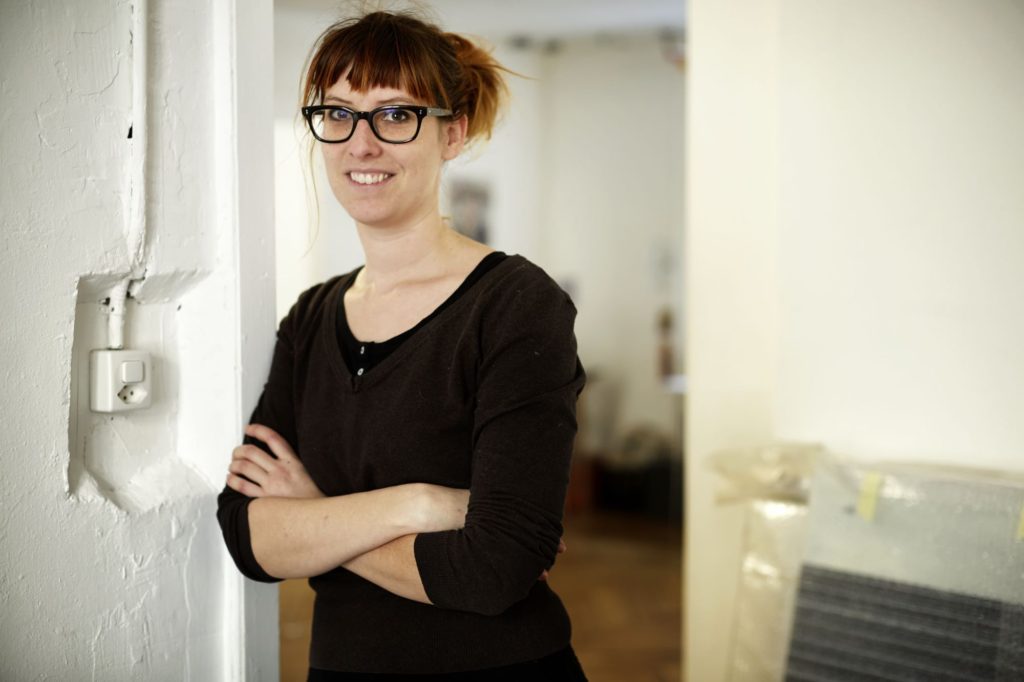
Freshly crownd as the best film in the shorts competition of the IceDocs, Corina Schwingruber Ilić’s „All Inclusive“ continues on its path of sucess, having already bagged the Golden Dove at the Dok Leipzig, Best Live Action Film at PÖFF Shorts, Best Short Film at Kustendorf Film & Music Festival, Best Documentary at Tampere and Best Documentary & Women to Watch at the Underexposed Film Festival, along many special mentions. Shortly of its full international festival year (it world premiered in the official competiton in Venice), „All Inclusive“ doesn’t cease to intrigue. The film was fully shot on an all-inclusive cruising ship in a completely observational manner and without any dialogues, letting the audience form their own opinion.
We sat down to talk to the filmmaker in Akranes, Iceland, during the festival.
How did you end up filming on that cruising ship?
My friend is a sea biologist in Dubrovnik and since years I go to visit her during summer. So every year there were more and bigger cruise ships coming- that’s how the idea was born to do something about that subject. And I also got interested in why people would do that kind of vacation.
I don’t know exactly the details, but my producer has contacted the company, and in the end she told me that it was ok if we go on the ship under the condition we don’t shoot on forbidden places like in the kitchen, the crew cabins and so on. We were one week in the Mediterranean and one week in the Caribbean Sea. The whole boat is made like a scenery. It felt like being in a big budget movie because everything’s staged. We filmed out of the hand, so we had to stabilize everything afterwards in the post-production and that’s why it looks the picture looks so clean.
Did you have a specific concept while filming about what you wanted to show and how to represent it?
I could choose the pictures only after the shooting, because it’s an observational movie. Since you can’t predict what will happen, you also cannot possibly plan anything. For me it was really important to have this general overview and not pointing fingers too much, getting a global, meaningful image. The film also tends to go towards abstraction, but we were discussing a lot about the scenes after the shooting, especially during the post-production. I wanted to have a sense of central perspective according to the whole concept that I had in mind.
Could it be said that one of advantages was your invisibility, because everyone on the cruising ship was filming or photographing something?
Absolutely. There are also camera teams on the ship which are shooting and posting about all the happenings as well. I think that we nowadays in general don’t do things for ourselves, and it’ all about filming and posting about what we’re doing just to show it to other people.
One of the first you notice in the film is the balance between the sound and the images,
One part of the sound is the music which was done by my friend – the musician Heidi Happy whom I’ve been working with since many years, and in that sense, it is really easy working with her because I just tell her about my ideas and she already knows what to do. I am editing with the layout music she makes and ask her if she can add some bits here and there. All the changes are happening during the editing process, but she is really fast as a composer and she always brings it to the point. The rest of the sound is all done in the studio, so there is nearly no real sound in the film. With the rest of the sound department team I was already collaborating on a trailer for a film festival, and it was a post-production award by the festival, so I could put a lot of effort into … I did a bit of the sound from my sound library while editing, but my sound designer/ mixer Robert Büchel would get an idea in which direction to do it. He worked alone for few days, and then we did it together all over. We really went deep inside regarding how much of one or the other sound should be present. It was always a question of balance in terms of how loud the ship motor or the splashing of water should be. We invested a lot of work in it. Sometime, even the producer would walk in and make a remark about certain sounds. Since it is such an important thing, everybody was involved in discussing the details.
Did you have any response of the company to the film?
No, we didn’t. It’s a short, and not a big cinema movie which would probably attract their attention. I actually also didn’t have much time to dedicate myself to it, because I was running from festival to festival. I would, for example, love to show the film to people who are into cruise ships and see their reaction to it. It would be great if they liked it as well.
As an observational documentary “All Inclusive” also shows the people behind the scenery, who work non-stop to make the life on boat run smooth for its guests.
Such kind of ship is a micro-cosmos of our society, in which poor work for rich, and in this case particularly – for the middle class. It’s not just fun and entertainment, there is also hard work behind. I assume that people who watch the movie know about the working conditions on the cruise boat, as much as they know about the environmental problem of the cruise ships, but still for me it was important to put just a bit of it in the movie and show there is something else going on there than a fun holiday. Additionally, since it’s an observational movie, I didn’t want to show my opinion. That was crucial for me in this movie.
Did you face any technical challenges in the process?
I enjoyed the post-production, which was – for a ten-minute-long film – quite huge. We dedicated surely a week to the image only for the stabilization and retouches, and finding the style took a very long time. Also, the sound design was demanding. I like all of those challenges, but they all involved a lot of work. Actually, the biggest challenge for me was to be on that boat.

